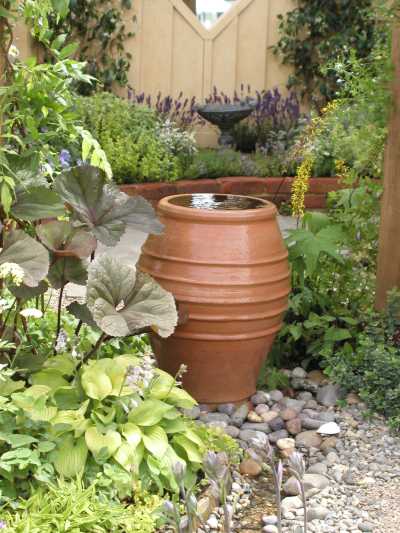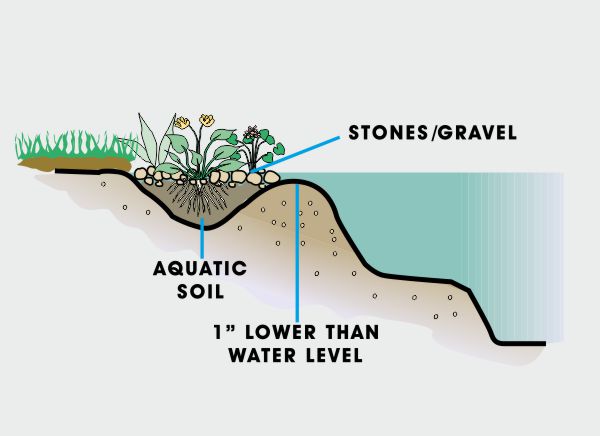Best bog/marsh plants
- Astilbe (False goat’s beard)
- Angelica archangelica
- Aruncus Sylvester
- Camassia esculenta Quamash (Common camas lily)
- Darmera peltate (peltiphyllum peltatum, Indain rhubard, Umbrella plant)
- Filipendula ulmaria (Meadowsweet)
- Fritillaria meleagris (Snake’s head fritillary)
- Gunnera magellanica (Devils strawberry)
- Gunnera manicata (Giant prickly rhubarb)
- Ligularia dentata Desdemona
- Ligularia przewalskii
- Lysimachia punctata Alexander (Golden candles or golden spire)
- Rheum palmatum
- Rodgersia pinnata
- Trollius chinensis (Golden Queeen)
- Trollius europaeus (Superbus)
Best Hosta’s for bog gardens
Best Primulas for around the pond
Best moisture loving ferns
- Athyrium filix femina (Lady fern)
- Athyrium niponicum metallicum (Japanese painted fern)
- Athyrium otophorum okanum (Eared lady fern)
- Dryopteris erythrosora (Japanese wood fern)
- Dryopteris filix mas linearis (slender crested male fern)
- Dryopteris filix mas (male fern)
- Matteuccia struthiopteris (shuttlecock fern)
- Onoclea sensibilis (sensitive fern)
- Osmunda regalis (Royal fern)
- Polystichum polybleoharum (Japanese tassel fern)
- Thelypteris palustris (Marsh fern)
Marsh Planting & Care.
These plants are ideally suited for planting directly into the soil around the pond edge, maybe where the pond overflows, or in a purpose-built bog garden made from surplus pond liner. When they are to be placed in a beached area it may be desirable to plant them into an aquatic container that is then directly buried into the gravel.
Some bog garden plants can have their root balls wrapped in hessian with some soil, then placed into the stone. Ensure that these plants are not planted in areas likely to be submerged during the winter. Take care to protect less hardy plants over winter by leaving their dead leaves on or covering them with straw for protection, especially Gunnera.


 British Pounds
British Pounds


